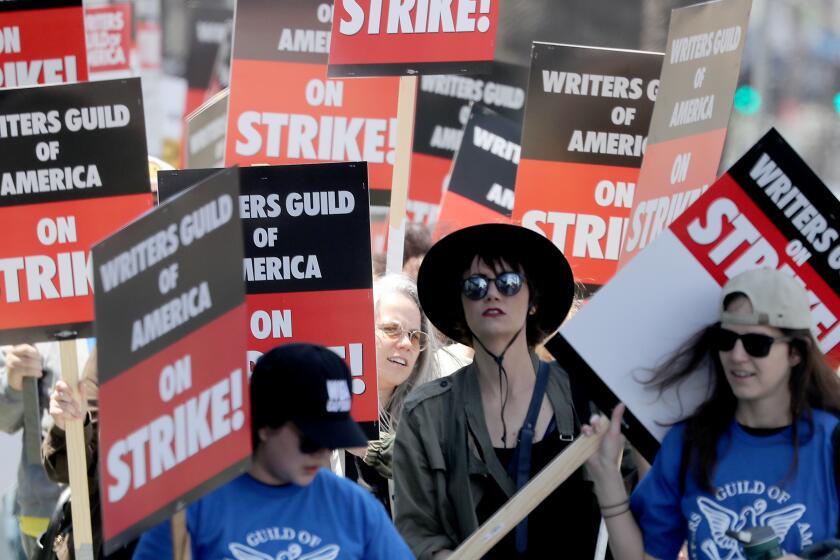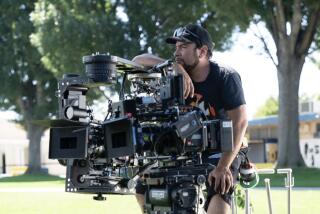Social media stars, rarely unionized, try to navigate Hollywood’s hot strike summer
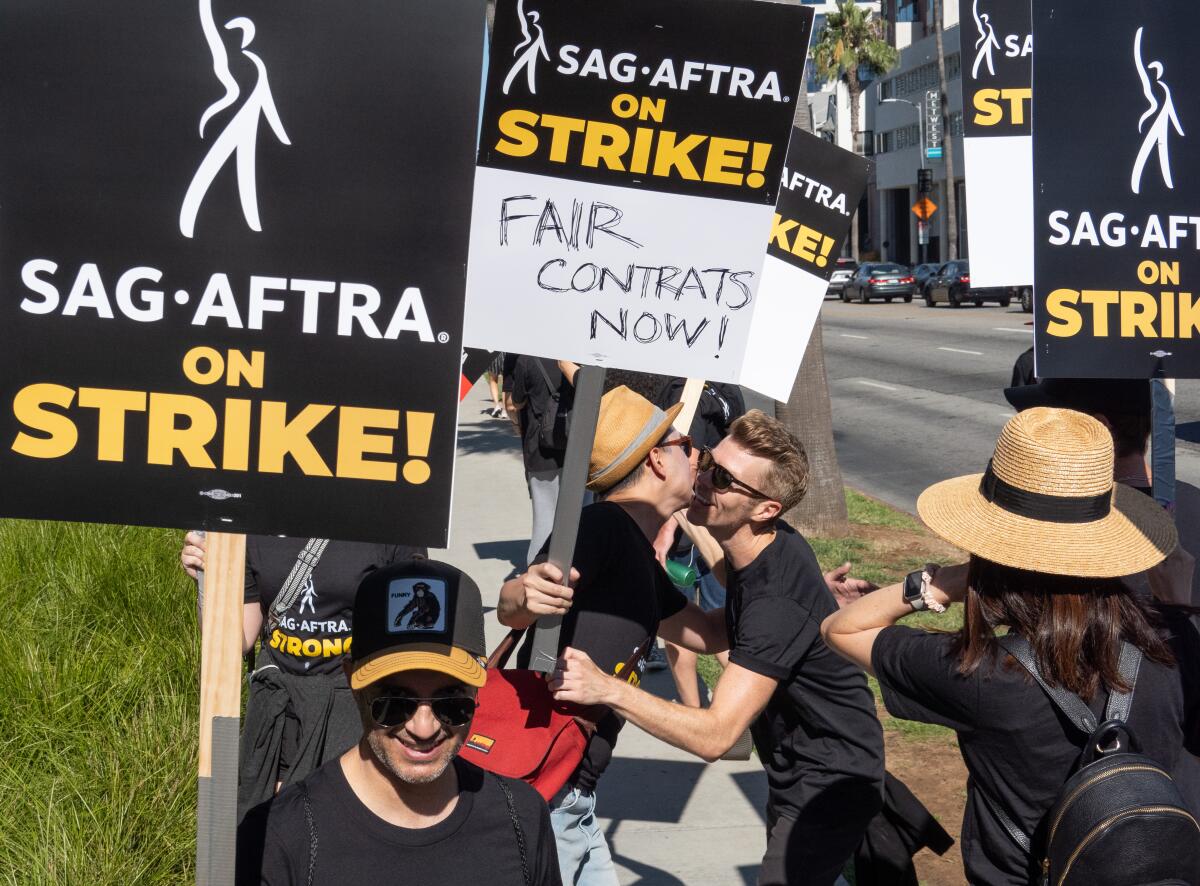
- Share via
Gadiel Del Orbe had secured the sort of opportunity that social media stars dream of: a gig hosting a documentary for a major Hollywood studio.
It was a chance for the Los Angeles-based actor and internet comedian — who has about 300,000 followers on TikTok and Instagram combined — to get his name out there and chase showbiz success.
Then SAG-AFTRA, the union for film and television actors, went on strike.
This month, actors across Tinseltown began picketing outside studio lots, refusing to do any more work for the big entertainment companies until their demands for higher wages, increased residuals and limits on artificial intelligence are met. Among the struck companies was the one that had hired Del Orbe.
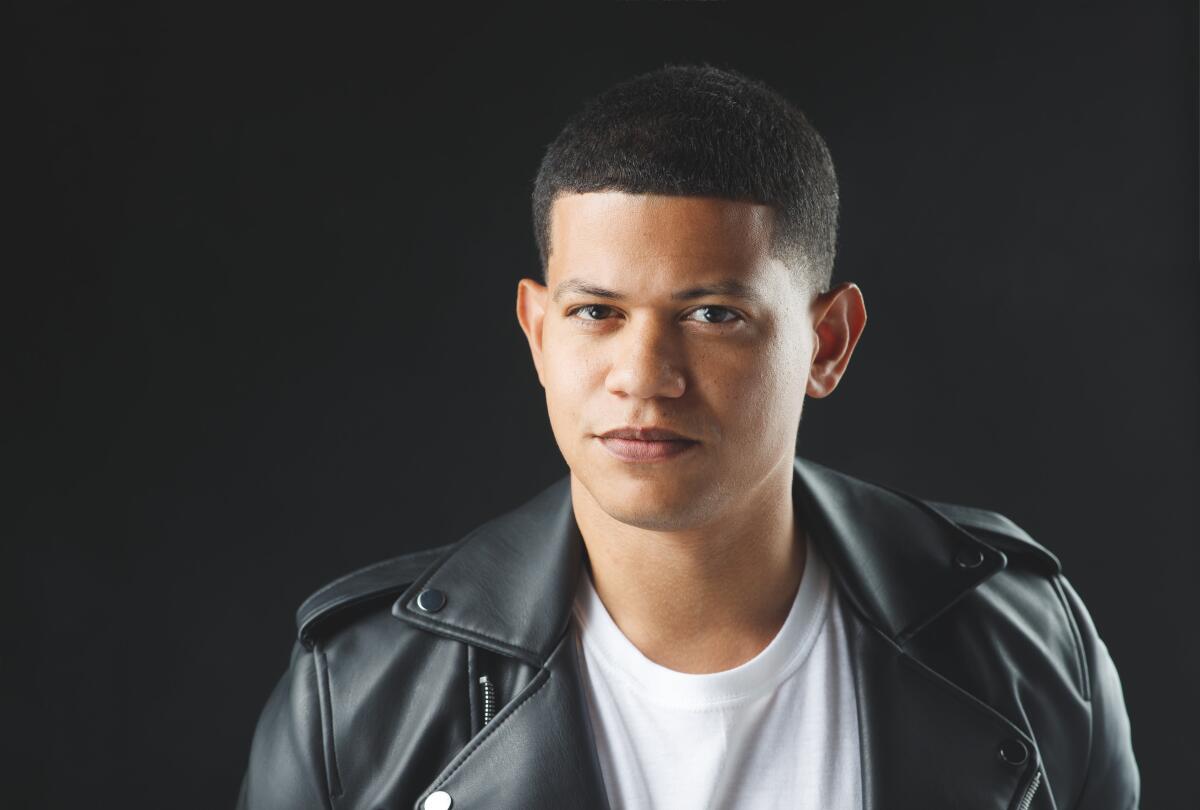
Many influencers, including Del Orbe, are not part of SAG-AFTRA, although the labor union did launch an “Influencer Agreement” in 2021 making them eligible. Now SAG-AFTRA has published guidelines for how influencers should operate during the strike, calling on them to not promote struck companies or content unless obligated to do so by an existing contract.
Even an unpaid fan post about a studio project — say, “Barbie” or “Oppenheimer” — is discouraged.
And there can be consequences for testing the rules. “Any non-member seeking future membership in SAG-AFTRA who performs covered work or services for a struck company during the strike will not be admitted into membership in SAG-AFTRA,” the guild said in an FAQ.
Del Orbe, 36, wasn’t sure whether he was still allowed to do the documentary, but the threat of being penalized in the future caught his attention, and he wanted to show solidarity with the actors. He decided to pull out of the deal.
“Even though I’m a social media influencer now and I make my money from social media … in the future I would like to work within the industry [and] work with SAG,” he said. “I know what they’re doing today will benefit me in the future.”
Influencers and social media creators like Del Orbe occupy a strange space in the modern pop culture landscape. Many Americans, especially younger ones, spend more time consuming free social media content on platforms such as TikTok, YouTube and Instagram than they do watching film and television shows.
Especially after TikTok’s rise to prominence during the pandemic, that demand has birthed a sort of shadow Hollywood where nonunion influencers and web personalities scrape together a living through sponsored content, ad revenue, fan subscriptions and merchandise.
SAG-AFTRA has approved a deal from the studios to end its historic strike. The actors were on strike for more than 100 days.
This “creator economy” exists mostly outside Hollywood’s long-standing union landscape, including SAG-AFTRA and the Writers Guild of America, also currently on strike; the Directors Guild of America, which recently secured a new contract; and the International Alliance of Theatrical Stage Employees, which represents below-the-line workers.
While getting into these unions can take years of work, anyone can become an influencer for free in as little time as it takes to set up a social media account. Yet that low barrier to entry comes with trade-offs. Without a meaningful labor structure in the sector, many influencers face inconsistent income, grueling hours and no collective recourse to demand change.
Now that both the actors and screenwriters guilds are on strike, that discrepancy has been cast in high contrast. With actors explicitly barred from doing press, red carpets and social media to promote their films, studios are expected to turn to influencers to fill in.
Influencers must decide whether they want to voluntarily comply with SAG-AFTRA’s policies — and take a financial hit for a union they’re not part of — or risk burning a bridge in an industry many hope to join. Studios have sometimes cast recognizable social media faces in mainstream projects to attract younger audiences — as with TikTok megastar Addison Rae’s leading role in Netflix’s “He’s All That.”
“Every content creator is going to say that they want to go into acting, so I think on a personal level, every content creator is freaking out,” said Maddy Abrams, a talent manager who works with influencers. “It’s frightening, whether or not they have the talent.”
No one currently on Abrams’ roster has a partnership with a studio or streamer, but she still had to tell her clients what the strike meant for them: “If we get anything in regards to [an offer to make] a sponsored post for a film or a TV series, we cannot do it.”
Jessica Vanessa, a Los Angeles-based influencer who makes videos about movies and pop culture, said the strikes have already caused problems for her.
Vanessa, 31, is a SAG-eligible actress. Even though she hasn’t joined the union yet, she’s being extra careful to not jeopardize future work opportunities.
“I got invited to a few screenings for new movies about to come out that I would LOVE to see but last minute decided to cancel,” Vanessa said in an email. “I also had to drop a few brand deals [because] none of us are allowed to promote any films at the moment.”
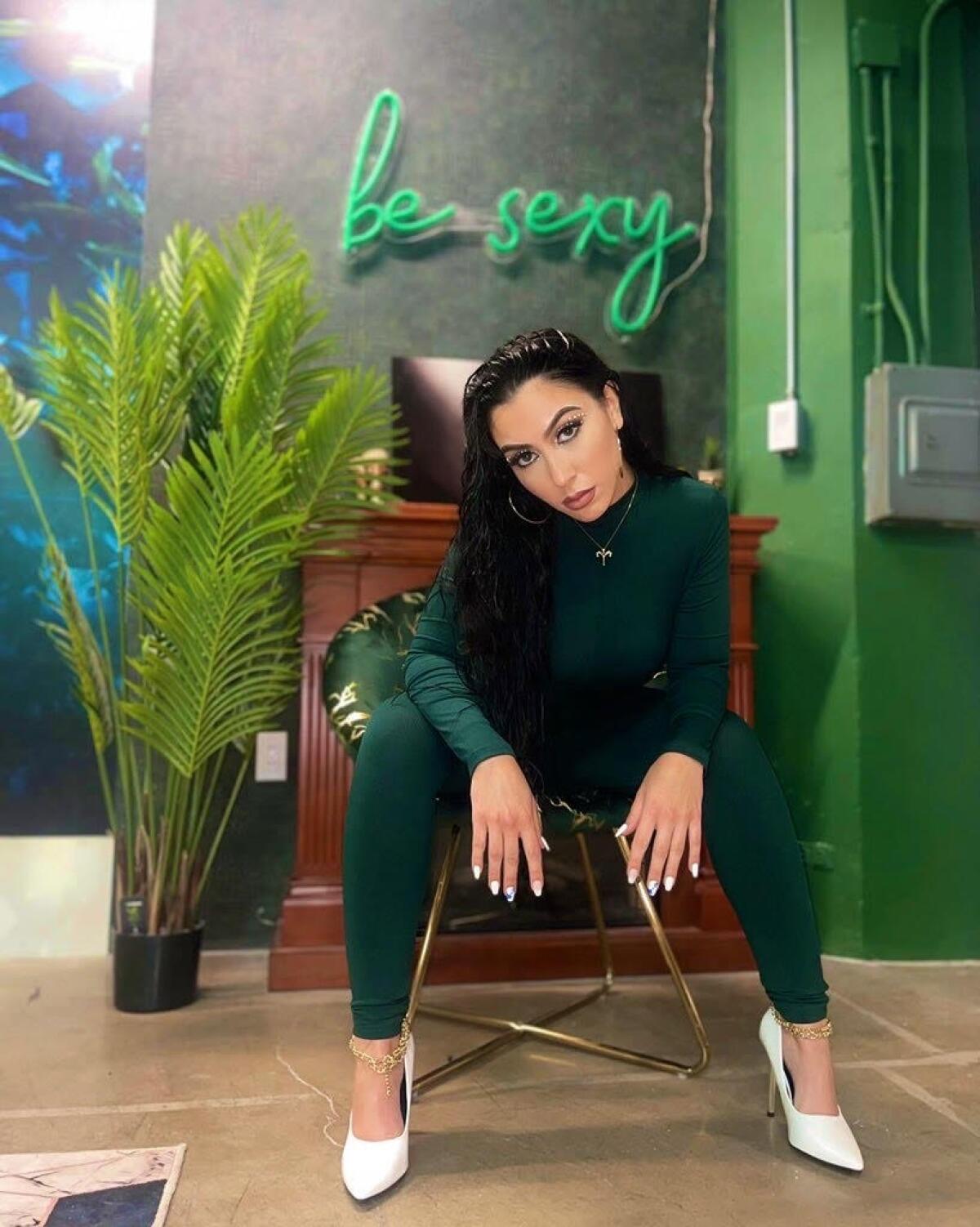
Another influencer — a client of Abrams’ — was recently invited to a red carpet event celebrating the opening of a new movie theater. The client felt torn between honoring the RSVP and staying in the union’s good graces, ultimately opting to attend the event but not take any pictures — for an influencer, as good as not going at all.
Mario Mirante, a Las Vegas firefighter with 3.6 million TikTok followers, said he was in the middle of his own deal to promote an upcoming studio project when the SAG-AFTRA strike went into effect. He ended up dropping the deal and says he’s committed to not taking any more with studios for as long as the strike lasts.
Mirante soon learned the term “scabbing” — or working in the face of a strike — and posted a video urging fellow TikTokers not to cross picket lines. As with many web personalities his reasoning was twofold: both to keep the door open for future union membership and to show solidarity with the striking writers and actors.
“If I were to take advantage of this chapter in the entertainment industry … to make some money,” he said in an email, “I couldn’t live with myself.”
The 2023 writers’ strike is over after the Writers Guild of America and the Alliance of Motion Picture and Television Producers reached a deal.
Representatives for SAG-AFTRA and the Alliance of Motion Picture and Television Producers — the group negotiating on behalf of the studios — declined to comment.
The decisions that influencers have to make are complicated by the nuances of modern brand marketing, where campaigns often involve cross-promotions. What if, for example, a beauty influencer has a contract with a makeup brand that’s doing a “Barbie” tie-in?
“It’s a very gray line,” said Vanessa DelMuro, a managing director at the influencer management firm TalentX. “What we’re trying to do is encourage [clients] to look at everything case by case.”
“Circumstances may vary” when it comes to cross-promotional marketing campaigns, according to SAG’s guidelines. There are also limits on if and how influencers can participate in industry conventions such as Comic-Con.
Although there has been some speculation online that the studios will tap influencers to help meet the demand for new content during the strike, it’s not clear that that’s happening yet.
Such a move wouldn’t be without precedent, however. When the WGA last went on strike in 2007, studios turned to unscripted reality shows to fill the content gap, and they’re doing so again this time. TikTok- and YouTube-native content could be another 2023 version of the strategy.
But even if the strike has shut the door on some types of social media posts, it’s also opened it for others. In recent days, New York-based actress and TikToker Sarah Pribis has racked up views with videos explaining why influencers shouldn’t strike-break and how the work stoppage is playing out.
“I’ve sort of pivoted in the past couple of days to ... just trying to give information,” Pribis said. “The thing I’m really trying to avoid is, like, people are vilifying creators and actors, and pointing fingers.”
She added: “It’s just this whirlwind of emotion and policing.”
More to Read
Inside the business of entertainment
The Wide Shot brings you news, analysis and insights on everything from streaming wars to production — and what it all means for the future.
You may occasionally receive promotional content from the Los Angeles Times.

